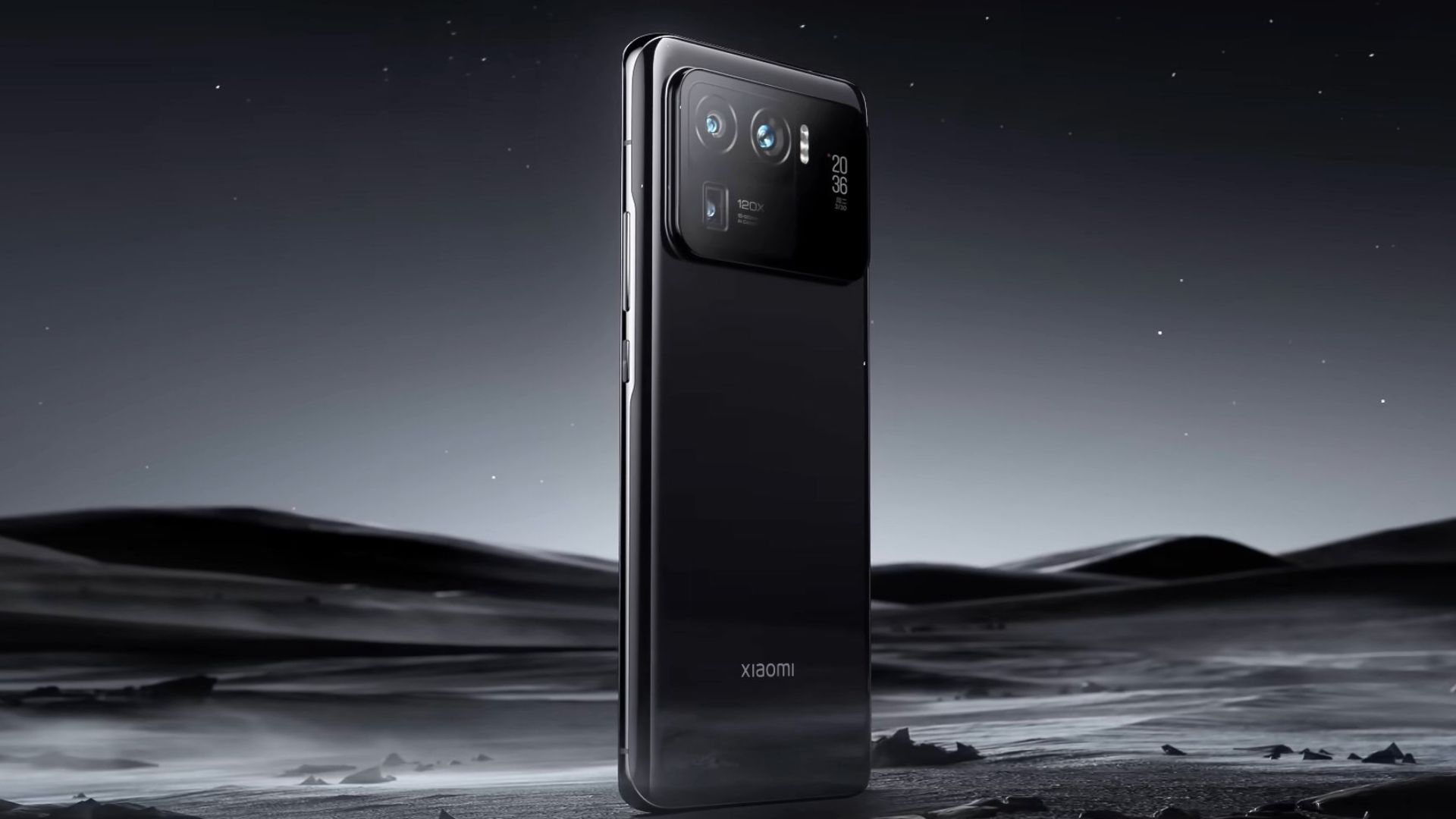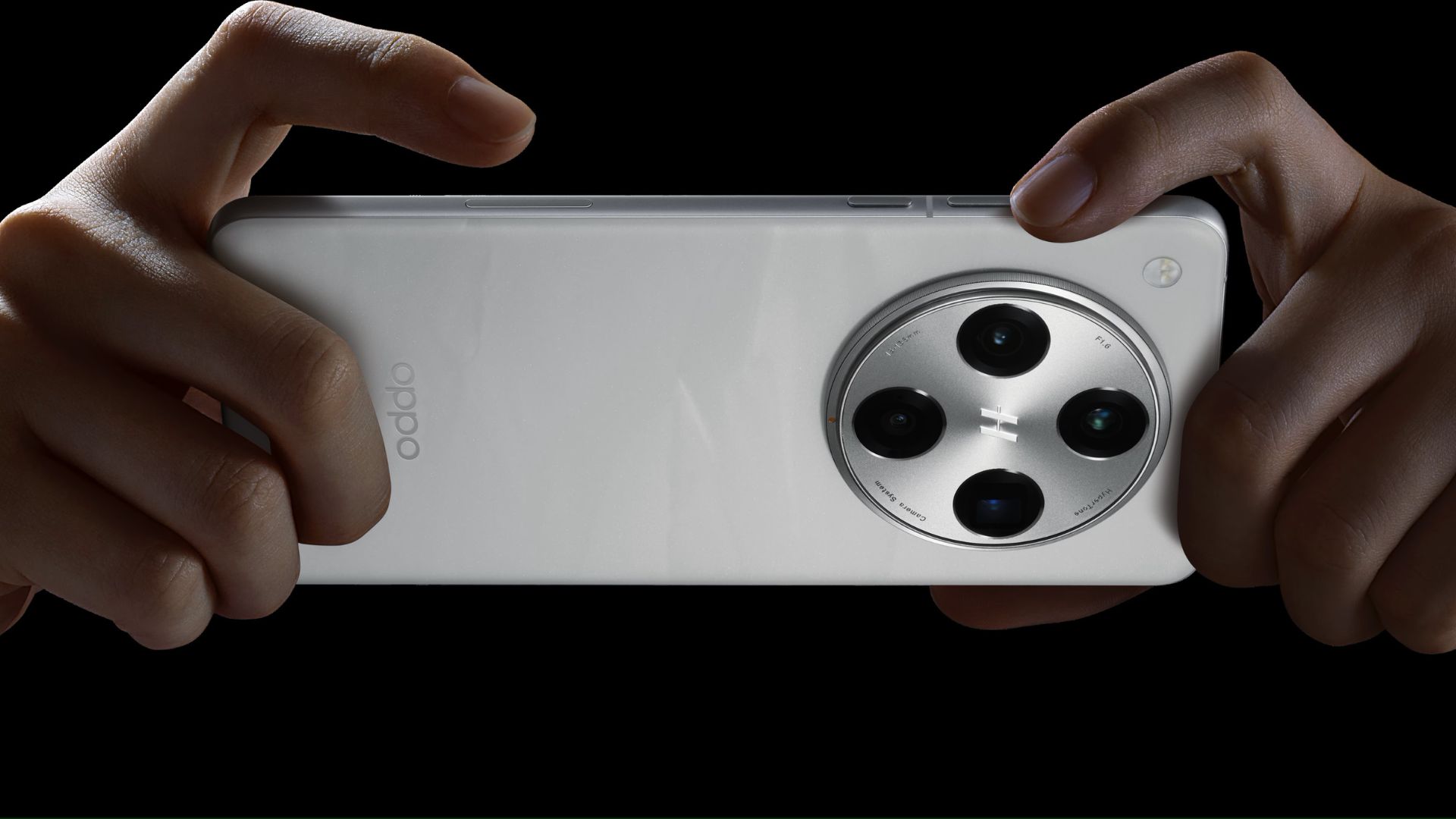iPhone 17 Air Bend Test Shocks Users Ahead of Launch – What It Means for You
iPhone 17 Air Bend Test Shocks Users Ahead of Launch that is expected in September 2025.
A surprise bend test of the yet-to-launch iPhone 17 Air is going viral online—and not just for the shock value. Apple’s upcoming ultra-thin phone just proved that it’s not all about looks—it’s got the muscle too.
Let’s unpack what this test revealed, why it matters, and what you can really expect from Apple’s boldest design move yet.
iPhone 17 Air: A Bold Step Toward Ultra-Minimalism
Apple has always been at the forefront of industrial design, pushing the boundaries of what’s possible in smartphones. With the iPhone 17 Air, expected to launch in September 2025, the company is reportedly taking a massive leap in form factor, delivering what insiders call the thinnest iPhone ever built.
Early leaks suggest the Air variant could feature a body that’s under 6mm thick, making it slimmer than most premium Android flagships on the market.
But thinner phones come with a catch. They’re typically more fragile. That’s what makes this bend test so fascinating—and important.
The Viral Bend Test That Caught Everyone’s Attention
A video shared on X (formerly Twitter) by trusted leaker Majin Bu showed a prototype of what’s believed to be the iPhone 17 Air. In the short clip, a user applies significant pressure to the middle of the phone with both hands—mimicking the type of force someone might accidentally apply while sitting on it or carrying it in a tight pocket.
iPhone 17 Air Bend Test pic.twitter.com/gEZbYNkQU3
— Majin Bu (@MajinBuOfficial) May 23, 2025
Here’s what stood out:
- No visible flexing or creaking
- No cracks, warps, or damage
- Maintained structural integrity
The video gained immediate traction among Apple fans and skeptics alike. After all, it was only a few years ago that Bendgate rocked the iPhone 6 and 6 Plus launches, damaging Apple’s “it just works” image.
This time, however, things appear to be different.
How Is This Possible? A Closer Look at Materials and Engineering
So how is Apple pulling this off? How can a phone so slim feel so solid?
Likely Materials in Use:
While Apple hasn’t confirmed the final specs of the iPhone 17 Air, experts speculate the following could be in play:
- Titanium-aluminum alloy frame: Stronger and lighter than stainless steel, already used in the iPhone 15 Pro series.
- Reinforced internal support beams: Possible new arrangement of internal components like the battery and logic board to improve durability.
- Flexible OLED screen tech: Allowing more give without snapping under pressure.
Apple may have restructured the phone’s internal skeleton to reduce “weak points” — areas that are more likely to give under stress. Think of it like reinforcing the frame of a skyscraper.
Rumored iPhone 17 Air Specs (So Far)
While Apple is tight-lipped until launch, here are the leading leaks and analyst predictions around the iPhone 17 Air:
Feature | Details |
Design | Sub-6mm ultra-thin body |
Material | Titanium alloy frame |
Processor | A19 Bionic (3nm or better) |
Display | 6.1-inch LTPO OLED, 120Hz ProMotion |
Rear Cameras | Dual-lens setup with upgraded AI |
Front Camera | Center Dynamic Island with Face ID |
Battery | Smaller but more efficient |
iOS Version | iOS 19 |
Expected Launch | September 2025 |
The Importance of Durability in 2025
In an age where smartphones cost upwards of ₹1,50,000 (or $1,200+), durability is more than just a feature—it’s a necessity.
Many users expect their phones to last 3–5 years. That means a slim iPhone can’t just look good; it has to survive real life.
Here’s why this bend test matters:
- Fewer repairs and replacements
- Higher resale value
- Less worry for users who don’t use bulky cases
Even for users switching from Android, concerns about fragility often come up with ultra-thin phones. This kind of early testing (if accurate) could help Apple regain trust and attract fence-sitters.
What Real Users Might Care About
Let’s go beyond the tech specs. Here’s how this might play out for actual users:
1. Content Creators & Mobile Photographers
The iPhone 17 Air’s lightweight body could make it a go-to device for creators on the move. Pair it with a MagSafe tripod, and you’ve got a mobile studio that’s easy to carry, yet rugged enough to handle tough shoots.
2. Frequent Travelers
Less bulk, lighter pockets, and stronger materials make it perfect for travelers who don’t want to baby their phone on every adventure.
3. Busy Professionals
For those juggling meetings, transit, and quick commutes, the Air might offer just enough power and practicality, without the extra weight of a Pro Max model.
A Trip Down Memory Lane: Bendgate vs. Now
When the iPhone 6 and 6 Plus launched in 2014, users quickly noticed that the phones were bending—just from being in pockets.
The backlash was so widespread that “Bendgate” became a trending global scandal, prompting lawsuits, refund requests, and meme storms.
This time, it seems Apple is actively addressing that trauma.
By pushing a bend test before launch—possibly even leaking it themselves—they’re flipping the narrative:
- “Look how strong it is now!” instead of “Oops, it bent.”
- “Tested for your lifestyle,” instead of “We’ll fix it later.”
That’s a smart move in today’s TikTok-driven, attention economy.
A Trip Down Memory Lane: BaWhat Tech Experts Are Sayingendgate vs. Now
Industry analysts and YouTubers have started chiming in with early reactions. Here’s a quick roundup:
- Jon Prosser (Front Page Tech): “If this holds up in real-world use, the iPhone 17 Air could be the best iPhone for everyday users—not just Pro users.”
- MKBHD (Marques Brownlee): “Durability + Design = Key win. Let’s wait for hands-on units before calling it revolutionary, though.”
- TechRadar India: “Apple is clearly trying to win back users who dropped them after Bendgate.”
Could This Be the Best ‘Non-Pro’ iPhone Yet?
Apple’s Pro series often gets all the love—but it comes with a hefty price and weight. The iPhone 17 Air, if priced just below the Pro lineup, might hit the sweet spot for a huge audience.
If it delivers:
- flagship-level speed,
- reliable durability,
- stunning display quality,
…all in a lighter body? It could easily become the most popular iPhone of the year.
Final Thoughts: Slim Doesn’t Mean Weak Anymore
The iPhone 17 Air is shaping up to be a pivotal release in Apple’s lineup. It’s not just another yearly upgrade—it represents a serious evolution in how Apple approaches design, durability, and user confidence.
With early tests showing off surprising strength and a sleek form factor that doesn’t compromise, Apple might finally have its next “it” phone.
Quick Recap
- A leaked video shows the iPhone 17 Air surviving a manual bend test.
- It’s expected to be Apple’s slimmest phone ever, possibly under 6mm thick.
- Apple likely uses a new titanium-aluminum alloy frame for added strength.
- If real, this could be Apple’s most durable slim iPhone yet.
- Launch expected in September 2025 with iOS 19 and the A19 chip.






